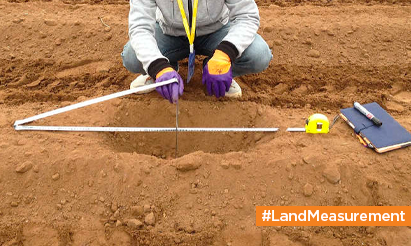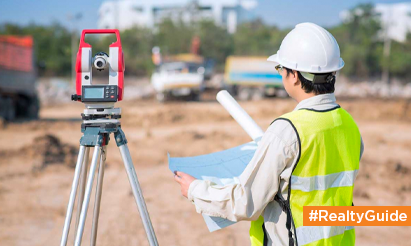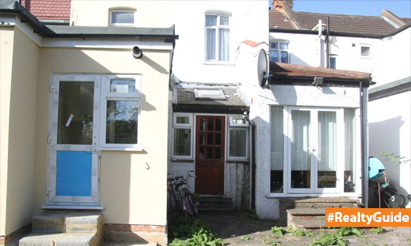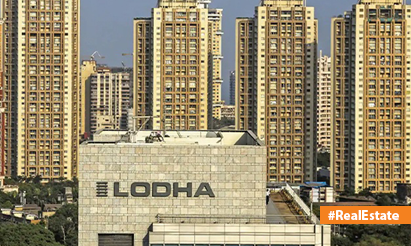Inflationary pressures are seen in crucial building materials and labour
The built environment has continued to remain burdened with price increases of the important building material over the past year. Steel, cement, and labour are all experiencing rising inflation, which can be related to increasing raw material shortages and international material costs, as well as logistical issues and rising fuel prices.
Also with the outbreak of the pandemic, which culminated in a worldwide recession in economic activity, it was clear that commodities would experience market turmoil.
Chennai is at the lower end of the cost range among India’s major cities, whereas Mumbai is 14 percent more expensive. According to the inside analysis, the average total cost increase in Mumbai is 10-12 percent when compared to certain other metros such as Bangalore, Pune, and Delhi.
The built environment has been loaded down with price increases of major critical construction materials for the past year, leading to significant cost unpredictability in the Indian construction industry.
Steel prices have gone up 45-47 percent to Rs 62,300 per metric tonne since the very first quarter of 2020, copper prices have risen 70-75 percent to Rs 745,000 per metric tonne, accompanied by a 50-55 percent increase in aluminium prices to Rs 203,385 per metric tonne, and fuel prices (primarily diesel) have soared 43-47 percent to around Rs 94 per litre.
In addition to the typical escalation, the cost of labour has grown 12-15 percent as a result of the COVID-19 regulations and their accompanying costs. This covers expenditures associated with adhering to new methods, such as RT-PCR tests, as well as the time spent waiting for test results. Quarantine station and hygiene procedures, as well as more housing space for the same amount of labour. In fact, the expense of increased labour retention and logistics have all contributed to the increase.
One of the most important factors in real estate decisions is the price. When you look at the overall project development and costs, materials account for nearly 60% of the total project cost, and this cost has been increasing at an unpredictable rate. Project costs have gone beyond budget. This is in addition to the projected contingency inflation during the planning phase. COVID-19 has caused delays in the last two years, and the present geopolitical landscape is also having an influence.
Despite total investment surpassing Rs 37,000 crore, the industrial, residential, and warehousing segments saw a considerable expansion, contributing to about 40% of overall investment this year. Commercial office spaces, on the other hand, remained the most popular asset category in real estate.
Disclaimer: The views expressed above are for informational purposes only based on industry reports and related news stories. PropertyPistol does not guarantee the accuracy, completeness, or reliability of the information and shall not be held responsible for any action taken based on the published information.




